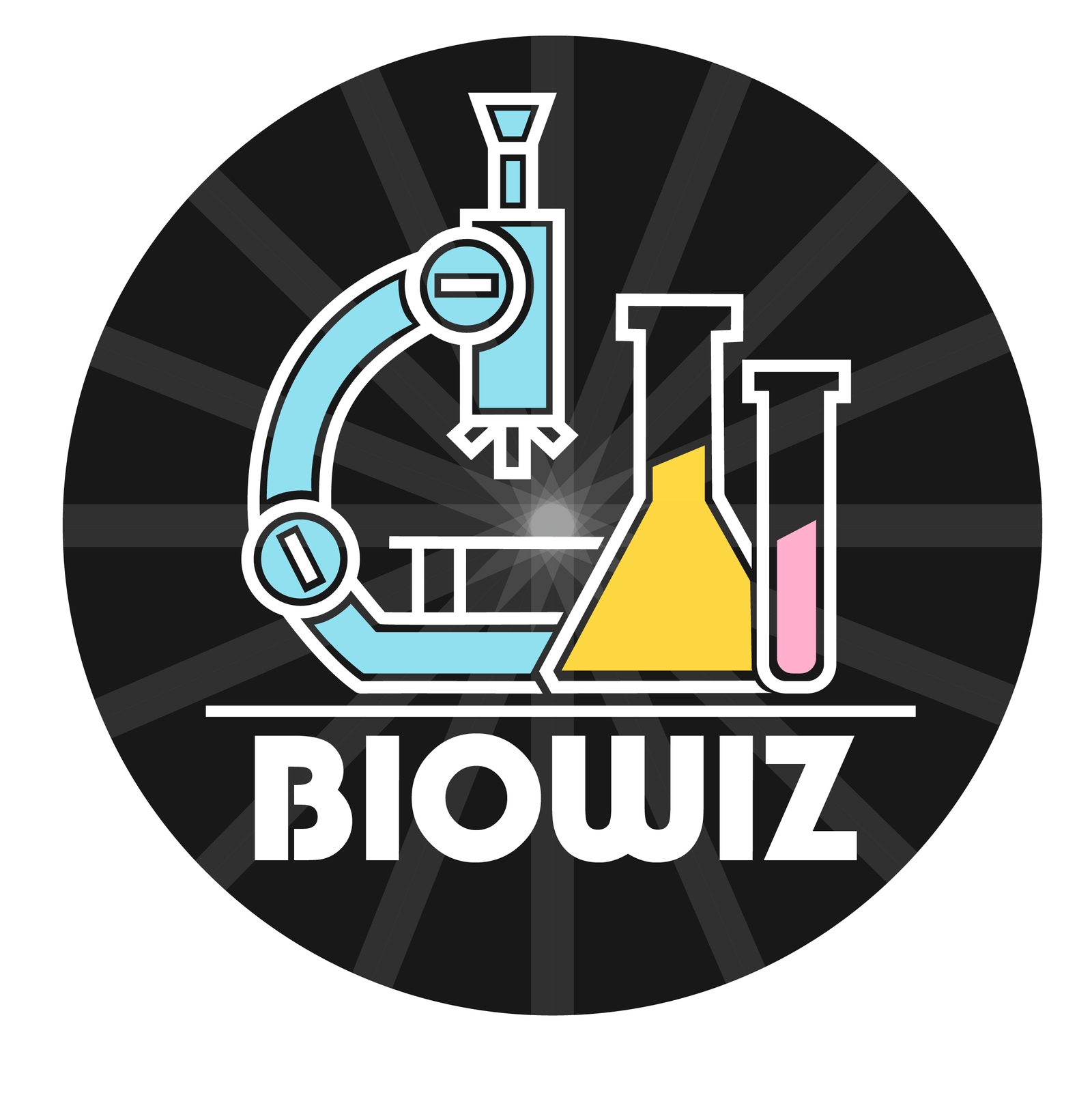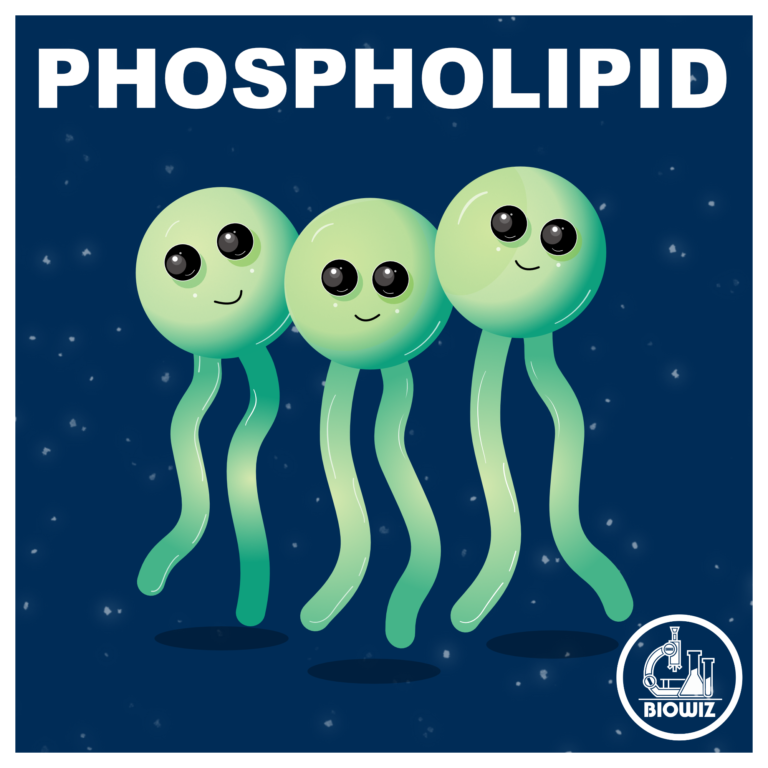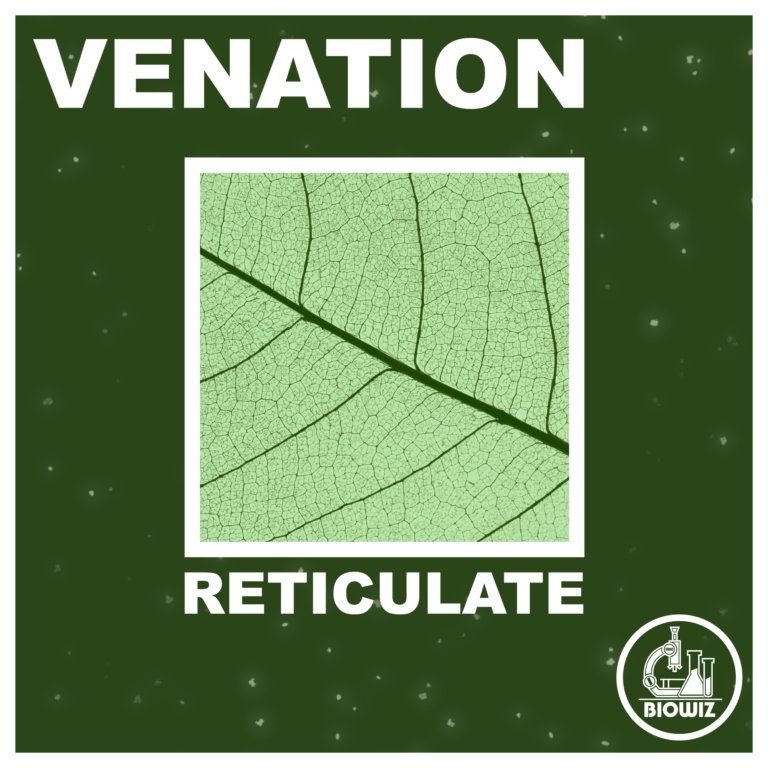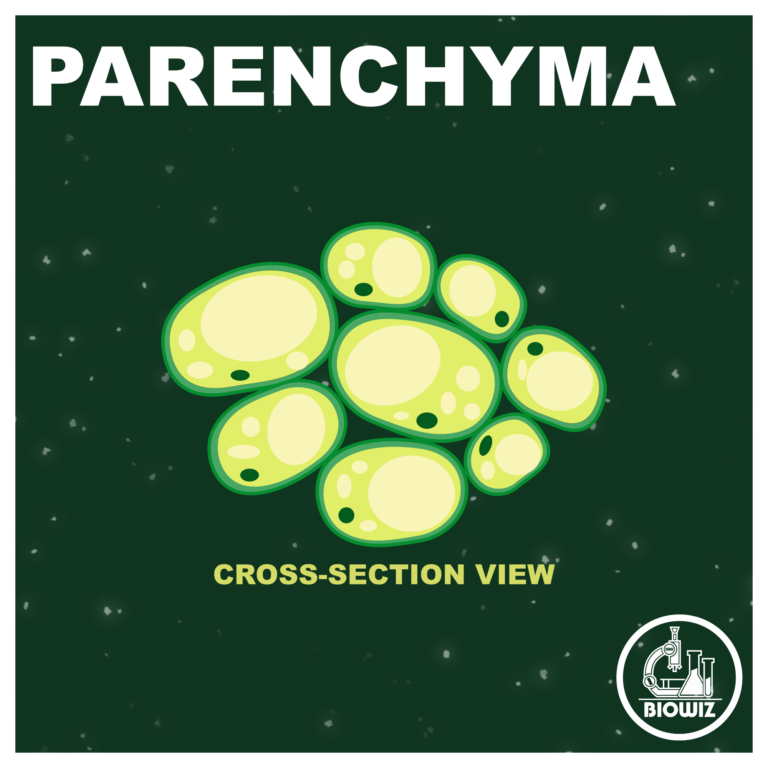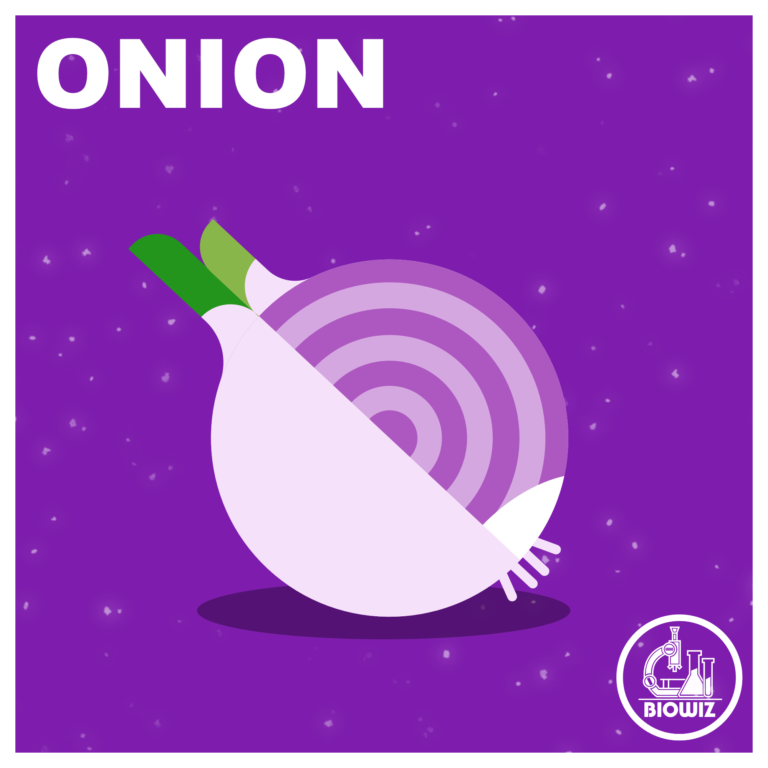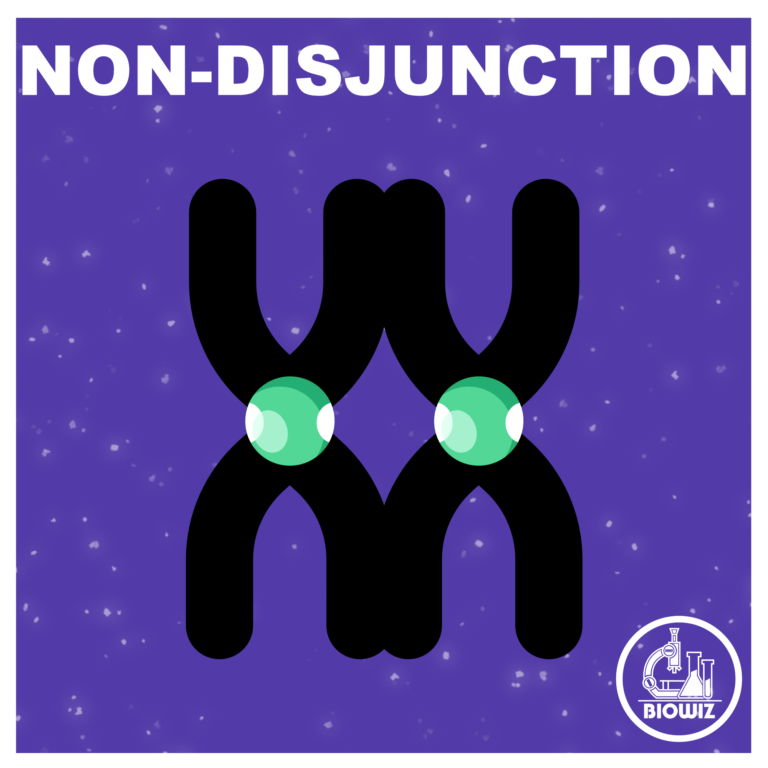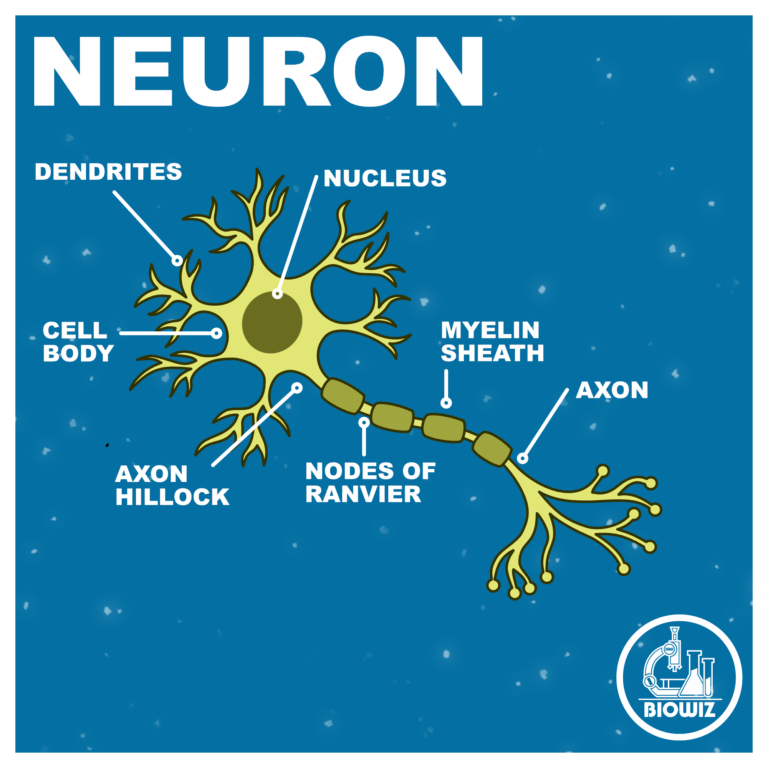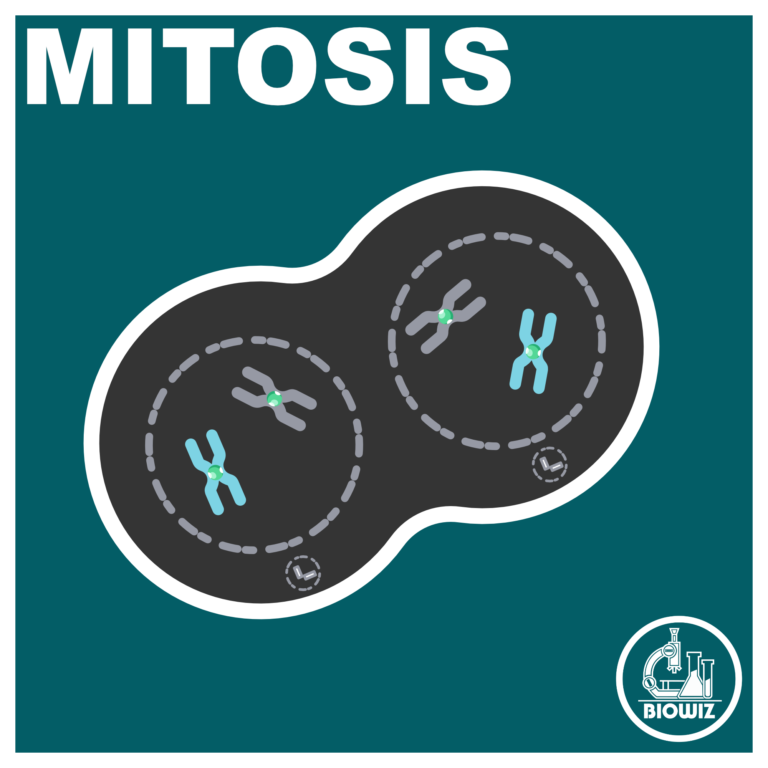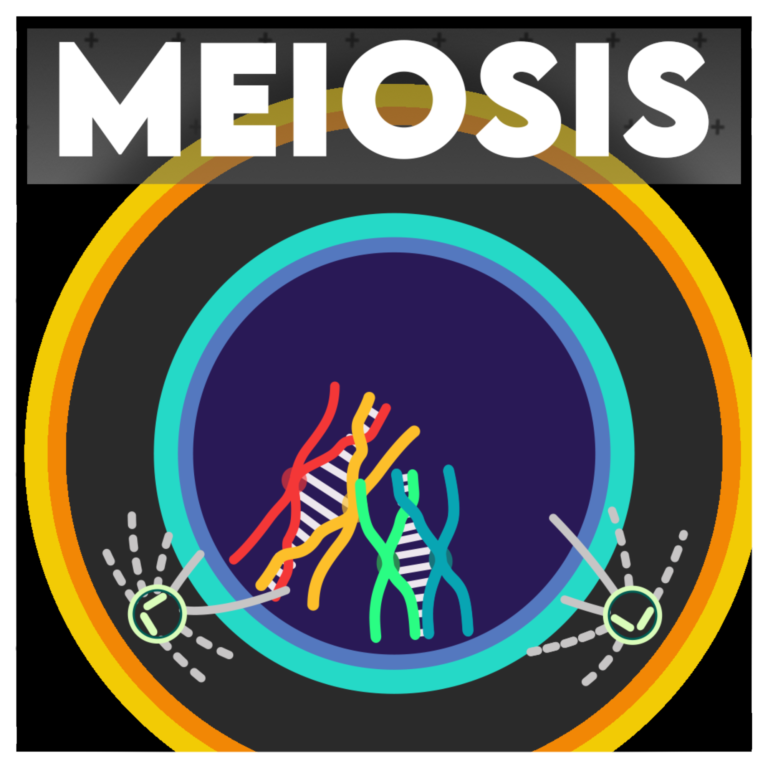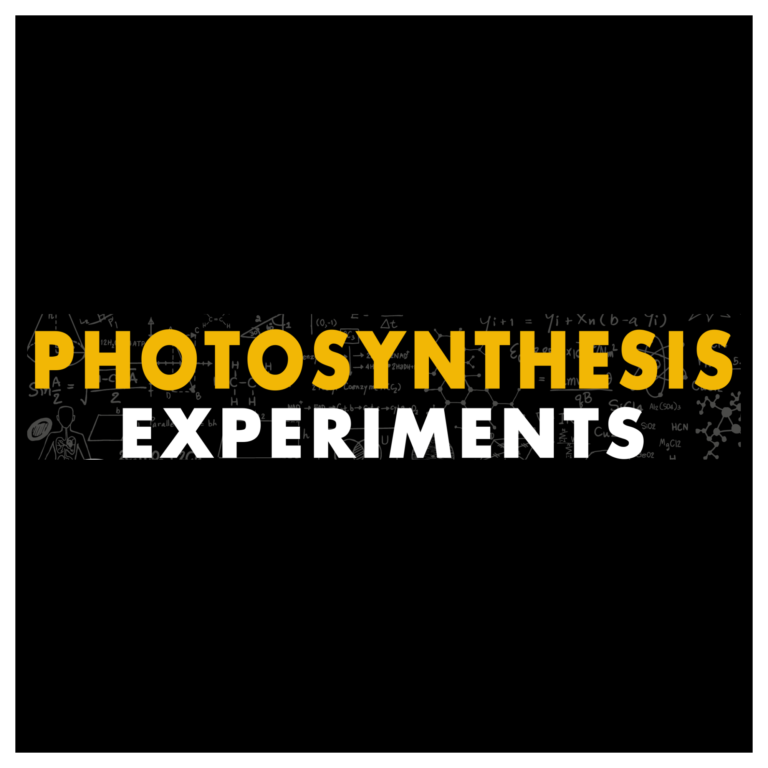
PHOTOSYNTHESIS – IMPORTANT DISCOVERIES
The journey to unravel photosynthesis has been full of groundbreaking discoveries! From Jan Ingenhousz revealing light’s role to Melvin Calvin mapping the carbon cycle, each finding has illuminated how plants convert sunlight into energy. These insights not only advanced science but also deepened our understanding of life’s green energy miracle.
